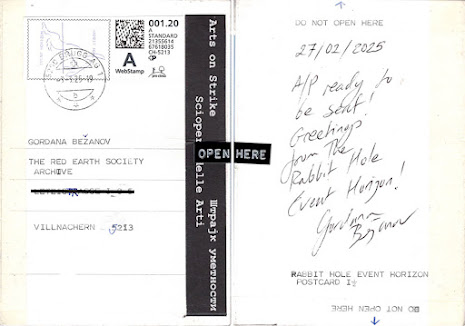Introduction to the Sierra de San Francisco Great Mural Site
"The peninsula of Baja California is a region
of Mexico that concentrates one of the most
extraordinary repertoires of rock art in the
country. Its condition, almost insular, kept the
native people relatively isolated from continental
influences, allowing the development
of local cultural complex. In particular, one of
the most significant features of the peninsular
prehistory is that these people promoted
here the mass production of rock art since
ancient times."
…
"Of the central mountain ranges, the Sierra de
San Francisco is the one that concentrates the
most spectacular and best-preserved Great
Mural sites, Inscription in the World Heritage
List was based on these exceptional rock paintings1.
It is a small volcanic mountain range located
in the northern extreme of Baja California
Sur, M.xico. It has high mesas sectioned by
deep canyons that extend in a radial pattern.
The sierra reaches a maximum altitude of 1590
m. over the sea level and has an approximate
area of 3600 km.. Their western slopes descend
to the vast plains of the Vizcaino Desert
and the Pacific lagoon systems; to the east,
the mountains meet abruptly with the Gulf
of California. Its climate is generally dry and
warm, receiving an average less than 100 mm.
of precipitation per year."
...
"Although it is considered as one of the more
marginal environments of the earth, there
were here the optimal conditions for the development
of hunter-gatherers-fishers groups.
Using the wide variety of coastal, plains and
mountain environments, the natives followed
an intense pattern of mobility in search of
food, raw materials and water. Because of
this pattern, archaeological sites are many and
varied. The rock shelters with rock paintings
are the best known, though petroglyphs also
have a wide distribution."
pp.53"The Jesuits' impression who at some point
visited the Great Mural sites was that the
paintings were “old”2. This impression is based
not only on the assessment of the physical
characteristics of the imagery, but more definitively,
in the answers they got from their
informants when asked about the paintings.
Cochimìes local groups denied any knowledge
about the imagery and its origins, attributing
the work to an ancient and now extinct race of giants from the north3."
pp.59
"It has been proposed elsewhere contextualizing
Great Mural imagery, including shamanic
associations, based on the consideration of
religious concepts and peninsular ritual practices.
Archaeological research carried out in
this mountain range allows us to point out
that the practice of painting and engraving
was a long-term phenomenon of essential
importance in the indigenous worldview European
missionaries and chroniclers described
a few ritual practices and artifacts that were
used in them. Some of these devices have been
recognized in rock art panels, but also found
in archaeological excavations or described in
the ethnography of the northern tip of the
peninsula, made during the first half of the
twentieth century (Gutierrez & Hyland 2002;
Ochoa-Zazueta 1978). This speaks of the relevance
of these paintings and their roots in ritual practices of these complex small-scale societies."
pp.61Source: The Great Murals of the Sierra de San Francisco, Stone Memory of a Missing People;
Maria de la Luz Gutiérrez Martinez;Centro INAH, Baja California Sur
http://www.rockartscandinavia.com/images/articles/mexicoa10.pdf
"Se localiza hacia la parte central de la Península de Baja California, en la región conocida como Aridoámerica, consiste en un conjunto de pinturas rupestres pertenecientes al estilo Gran Mural. Las cuevas que albergan conjuntos de pinturas son: La Pintada, Las Flechas, Los Músicos, La Soledad, Boca San Julio, Cuesta Palmarito y El Ratón.
Es probable que este estilo haya sido desarrollado por un grupo étnico antecedente de los cochimis. Sin embargo, no hay estudios lingüísticos suficientes para ligar a los productores de los murales con el grupo étnico. Los motivos representados en estas pinturas son en su mayoría, figuras humanas y animales de tamaño natural y aún mayor, además de motivos abstractos, en colores negro y rojo, aunque también las hay en amarillo y blanco. La interpretación general de estas representaciones pictóricas asume que se tratan de marcadores territoriales y expresiones mágicas y religiosas, así como de relaciones sociales entre los antiguos cazadores recolectores que habitaron esta zona hace por lo menos 5,000 años. Ubicación cronológica principal: Cenolítico Superior. Además, se debe mencionar que es la única zona arqueológica de Baja California Sur que cuenta con el Decreto de Patrimonio Mundial por la UNESCO desde 1993."
Source: Zona Arqueològica de la sierra de San Francisco
http://www.inah.gob.mx/index.php?option=com_content&view=article&id=5445

Comments